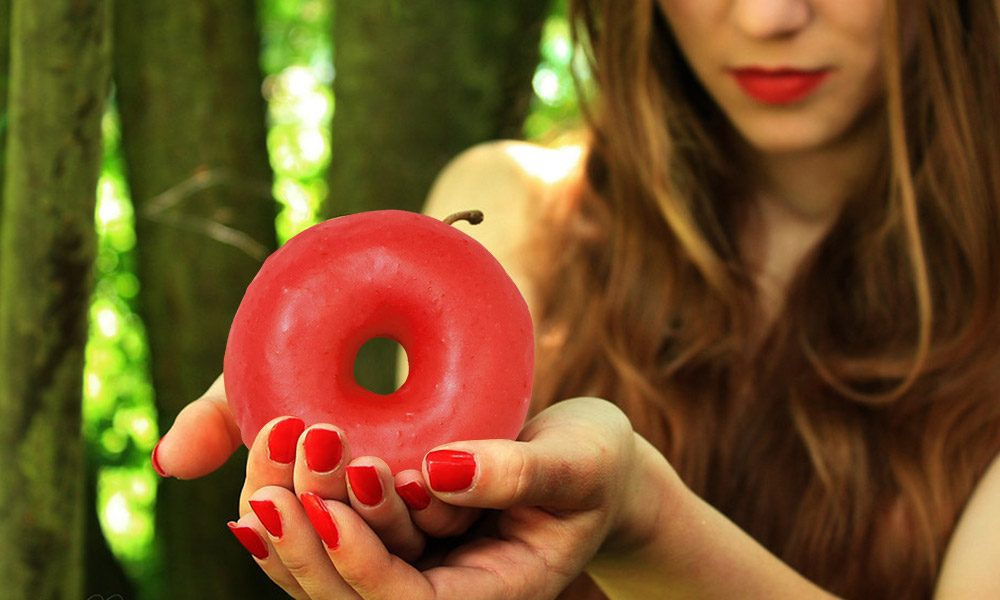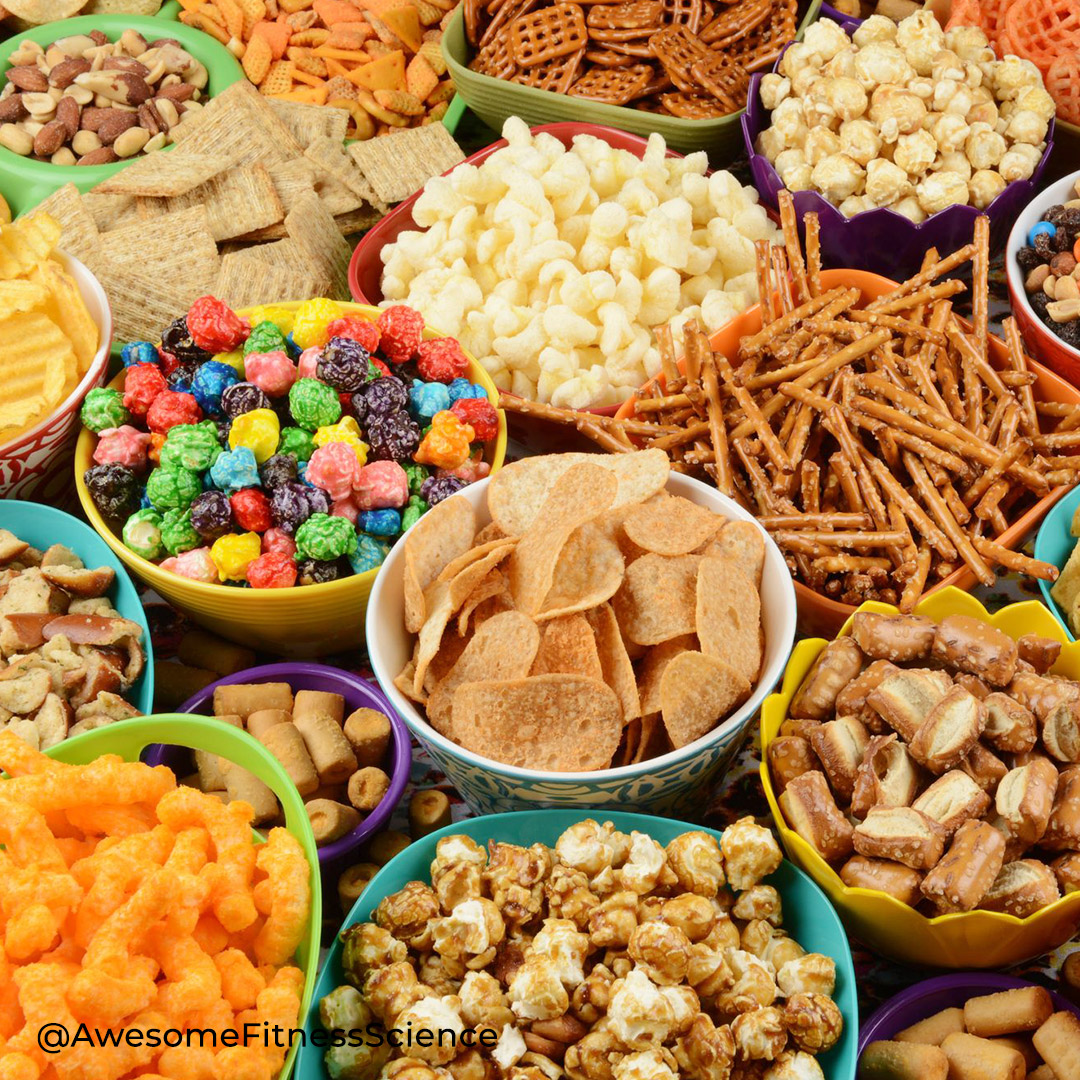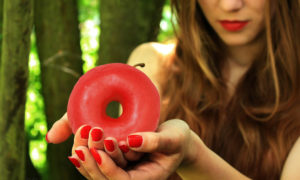1.
S;, Barnes. “Food for Thought: Examining the
Relationship between Food Thought Suppression and Weight-Related Outcomes.” Eating
Behaviors, U.S. National Library of Medicine, https://pubmed.ncbi.nlm.nih.gov/20434065/.
2.
J;, Richard. “Effects of Chocolate Deprivation on
Implicit and Explicit Evaluation of Chocolate in High and Low Trait Chocolate
Cravers.” Frontiers in Psychology, U.S. National Library of Medicine,
https://pubmed.ncbi.nlm.nih.gov/28955287/.
3.
Blechert. “Startling Sweet Temptations: Hedonic
Chocolate Deprivation Modulates Experience, Eating Behavior, and Eyeblink
Startle.” PloS One, U.S. National Library of Medicine,
https://pubmed.ncbi.nlm.nih.gov/24416437/.
4.
SI;, Rideout. “‘Restrained Eating’ vs ‘Trying to Lose
Weight’: How Are They Associated with Body Weight and Tendency to Overeat among
Postmenopausal Women?” Journal of the American Dietetic Association,
U.S. National Library of Medicine, https://pubmed.ncbi.nlm.nih.gov/19394476/.
5.
Gilhooly . “Food Cravings and Energy Regulation: The
Characteristics of Craved Foods and Their Relationship with Eating Behaviors
and Weight Change during 6 Months of Dietary Energy Restriction.” International
Journal of Obesity (2005), U.S. National Library of Medicine,
https://pubmed.ncbi.nlm.nih.gov/17593902/.
6.
Batra . “Relationship of Cravings with Weight Loss and
Hunger. Results from a 6 Month Worksite Weight Loss Intervention.” Appetite,
U.S. National Library of Medicine, https://pubmed.ncbi.nlm.nih.gov/23684901/.
7.
M;, Lim. “Psychological Effects of Prescriptive vs
General Lifestyle Advice for Weight Loss in Young Women.” Journal of the
American Dietetic Association, U.S. National Library of Medicine,
https://pubmed.ncbi.nlm.nih.gov/19857635/.
8.
Gibson, E.l., and E. Desmond. “Chocolate Craving and
Hunger State: Implications for the Acquisition and Expression of Appetite and
Food Choice.” Appetite, Academic Press, 25 May 2002,
https://www.sciencedirect.com/science/article/abs/pii/S0195666398902070.
9.
R;, Chao. “Food Cravings, Food Intake, and Weight
Status in a Community-Based Sample.” Eating Behaviors, U.S. National
Library of Medicine, https://pubmed.ncbi.nlm.nih.gov/25064302/.
10. Apolzan.
“Frequency of Consuming Foods Predicts Changes in Cravings for Those Foods
during Weight Loss: The Pounds Lost Study.” Obesity (Silver Spring, Md.),
U.S. National Library of Medicine, https://pubmed.ncbi.nlm.nih.gov/28618170/.
11. Marlatt
. “Persistence of Weight Loss and Acquired Behaviors 2 y after Stopping a 2-y
Calorie Restriction Intervention.” The American Journal of Clinical
Nutrition, U.S. National Library of Medicine,
https://pubmed.ncbi.nlm.nih.gov/28275127/.
12. M;,
Harvey. “Effects on Food Cravings of a Very Low Calorie Diet or a Balanced, Low
Calorie Diet.” Appetite, U.S. National Library of Medicine,
https://pubmed.ncbi.nlm.nih.gov/8285649/.
13. L;,
Martin. “Changes in Food Cravings during Low-Calorie and Very-Low-Calorie
Diets.” Obesity (Silver Spring, Md.), U.S. National Library of Medicine,
https://pubmed.ncbi.nlm.nih.gov/16493129/.
14. Conlin,
Laurin Alexandra, et al. “Flexible vs. Rigid Dieting in Resistance-Trained
Individuals Seeking to Optimize Their Physiques: A Randomized Controlled Trial
– Journal of the International Society of Sports Nutrition.” BioMed Central,
BioMed Central, 29 June 2021,
https://jissn.biomedcentral.com/articles/10.1186/s12970-021-00452-2.
15. Stok.
“Communicating Eating-Related Rules. Suggestions Are More Effective than
Restrictions.” Appetite, U.S. National Library of Medicine,
https://pubmed.ncbi.nlm.nih.gov/25246032/.
16. Anton.
“Diet Type and Changes in Food Cravings Following Weight Loss: Findings from
the Pounds Lost Trial.” Eating and Weight Disorders : EWD, U.S. National
Library of Medicine, https://pubmed.ncbi.nlm.nih.gov/23010779/.
17. Anguah,
Katherene O.-B., et al. “Changes in Food Cravings and Eating Behavior after a
Dietary Carbohydrate Restriction Intervention Trial.” MDPI,
Multidisciplinary Digital Publishing Institute, 24 Dec. 2019,
https://www.mdpi.com/2072-6643/12/1/52.
18. Lampuré,
Aurélie, et al. “Sociodemographic, Psychological, and Lifestyle Characteristics
Are Associated with a Liking for Salty and Sweet Tastes in French Adults.” OUP
Academic, Oxford University Press, 28 Jan. 2015,
https://academic.oup.com/jn/article/145/3/587/4743713?login=true.
19. Holt,
S.H.A, et al. “Dietary Habits and the Perception and Liking of Sweetness among
Australian and Malaysian Students: A Cross-Cultural Study.” Food Quality and
Preference, Elsevier, 10 Apr. 2000,
https://www.sciencedirect.com/science/article/abs/pii/S0950329399000762.
20. Sage
Journals: Your Gateway to World-Class Research Journals.
https://journals.sagepub.com/.
21. Riskey,
Dwight R., et al. “Effects of Context in Judgments of Sweetness and
Pleasantness – Attention, Perception, & Psychophysics.” SpringerLink,
Springer-Verlag, https://link.springer.com/article/10.3758/BF03199865.
22. Deckersbach,
T, et al. “Pilot Randomized Trial Demonstrating Reversal of Obesity-Related
Abnormalities in Reward System Responsivity to Food Cues with a Behavioral
Intervention.” Nature News, Nature Publishing Group, 1 Sept. 2014,
https://www.nature.com/articles/nutd201426.
23. Nock
. “Reduction in Neural Activation to High-Calorie Food Cues in Obese
Endometrial Cancer Survivors after a Behavioral Lifestyle Intervention: A Pilot
Study.” BMC Neuroscience, U.S. National Library of Medicine,
https://pubmed.ncbi.nlm.nih.gov/22731395/.
24. Buckland
. “A Low Energy-Dense Diet in the Context of a Weight-Management Program
Affects Appetite Control in Overweight and Obese Women.” The Journal of
Nutrition, U.S. National Library of Medicine,
https://pubmed.ncbi.nlm.nih.gov/30053284/.
25. Anguah.
“Can the Palatability of Healthy, Satiety-Promoting Foods Increase with
Repeated Exposure during Weight Loss?” Foods (Basel, Switzerland), U.S.
National Library of Medicine, https://pubmed.ncbi.nlm.nih.gov/28231094/.
26. Martin,
Corby K., et al. “Change in Food Cravings, Food Preferences, and Appetite
during a Low‐Carbohydrate and Low‐Fat Diet.” Wiley Online Library, John
Wiley & Sons, Ltd, 6 Sept. 2012,
https://onlinelibrary.wiley.com/doi/full/10.1038/oby.2011.62.
27. Murdaugh,
Donna L, et al. “FMRI Reactivity to High-Calorie Food Pictures Predicts Short-
and Long-Term Outcome in a Weight-Loss Program.” NeuroImage, U.S.
National Library of Medicine, 1 Feb. 2012,
https://www.ncbi.nlm.nih.gov/pmc/articles/PMC3287079/.
28. He.
“Poor Ability to Resist Tempting Calorie Rich Food Is Linked to Altered Balance
between Neural Systems Involved in Urge and Self-Control.” Nutrition Journal,
U.S. National Library of Medicine, https://pubmed.ncbi.nlm.nih.gov/25228353/.
29. J;,
Richard. “Food Cravings in Everyday Life: An EMA Study on Snack-Related
Thoughts, Cravings, and Consumption.” Appetite, U.S. National Library of
Medicine, https://pubmed.ncbi.nlm.nih.gov/28249745/.
30. Secular
Improvements in Cognitive … – Journals.sagepub.com.
https://journals.sagepub.com/doi/abs/10.1177/08982643211065571.






